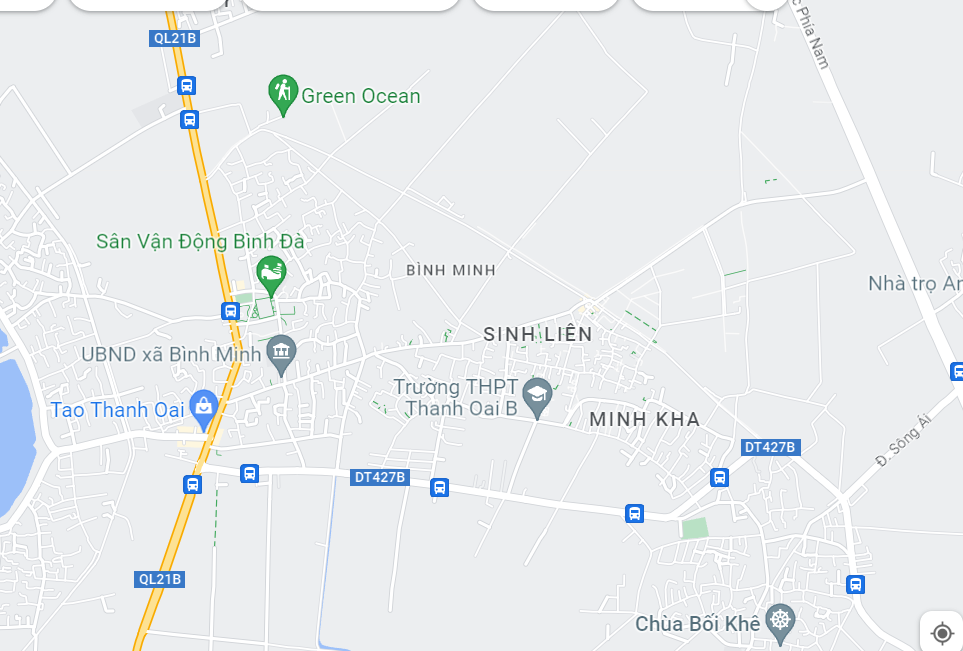Chart Types: Features, Uses, Advantages and Disadvantages
For instance, the 5-minute chart or the 30 minutes chart – where the price and volume traded of a particular stock is graphed. The change in this chart occurs only when the security has moved as per the specified amount. Each X and O box in the X and O column represents the specific move in the price of the security that has been set by the individuals. The box size can be set to be a fixed value or a percentage of the current value of the security.
What are Charts in the Stock Market?
- This allows them to assess when the move has likely gone too far too fast, making it primed for a reversal.
- Technical analysts look at historical price charts and various technical indicators to analyse market conditions and identify trends.
- The bar chart, however, is difficult to read when the number of bars grows, or there are multiple charts to analyse.
- So, for instance, ABC Company’s 4.5 lakhs shares are traded today, so the volume traded for ABC Company’s shares is 4.5 lakhs.
Traditional charts plot a security’s price over specified time periods even when the price is unchanged. P&F charts only plot fresh data on the chart when there is price action or a change in price. The chart remains unchanged if the price remains constant, even over an extended period of time. These charts are a useful tool for identifying resistance and support levels. Bar charts provide a more detailed analysis of stock market trends over a period of time allowing the traders to make an informed decision, although it can be challenging for newbies to interpret the bar chart. Bar chart analysis is more helpful when the bars are studied over a period of time allowing patterns to occur that help forecast future prices with varying degrees of success.
So, it works best as a supplement to fundamental analysis rather than the sole driver of investment decisions. The two main types of technical analysis are chart patterns and technical indicators. Chart patterns involve studying historical price patterns, while technical indicators use mathematical calculations on price and volume data. According to the assumption, market participants often react to similar market conditions consistently.
- Strong uptrends are identified by hollow white (or green) candles without lower shadows, while strong downtrends are identified by filled black (or red) candles without an upper shadow.
- Points and figure charts comprise of rising and falling prices of a stock/index and others.
- Bollinger Bands expand during periods of high volatility and provide insights into potential breakout opportunities.
- We will start with the type and different approach, then we will talk about the different strategies of trading using technical analysis.
- It derives its specified name because the components of the chart that indicate the price of the security look like a candlestick.
In the age of constant communications, any news about the companies can circulate within a blink of an eye. Technical analysts believe that the fundamentals of the market are always affecting the price of the stocks and it is and the charts of technical analysis are nothing but the reflection of the same. The best part of the technical analysis of stocks is that it can be applied to different timespan.
Difference between Technical and Fundamental Analysis
They depict the downward trajectory of a stock’s price and represent types of charts in technical analysis areas of resistance. Traders look to sell around downtrend lines and place stop losses above. A downtrend is the opposite of an uptrend, characterized by a series of lower highs and lower lows. Each successive peak and trough is lower than the previous one, reflecting steady declines over time.
However, traders should combine chart pattern analysis with other forms of technical and fundamental analysis to increase their chances of success and make more informed trading decisions. Forex traders use technical analysis to identify key levels of support or resistance where the price has historically struggled to move beyond. Breakouts are seen as one of the most profitable opportunities in Forex trading as price moves sharply after breaking through a key level.




